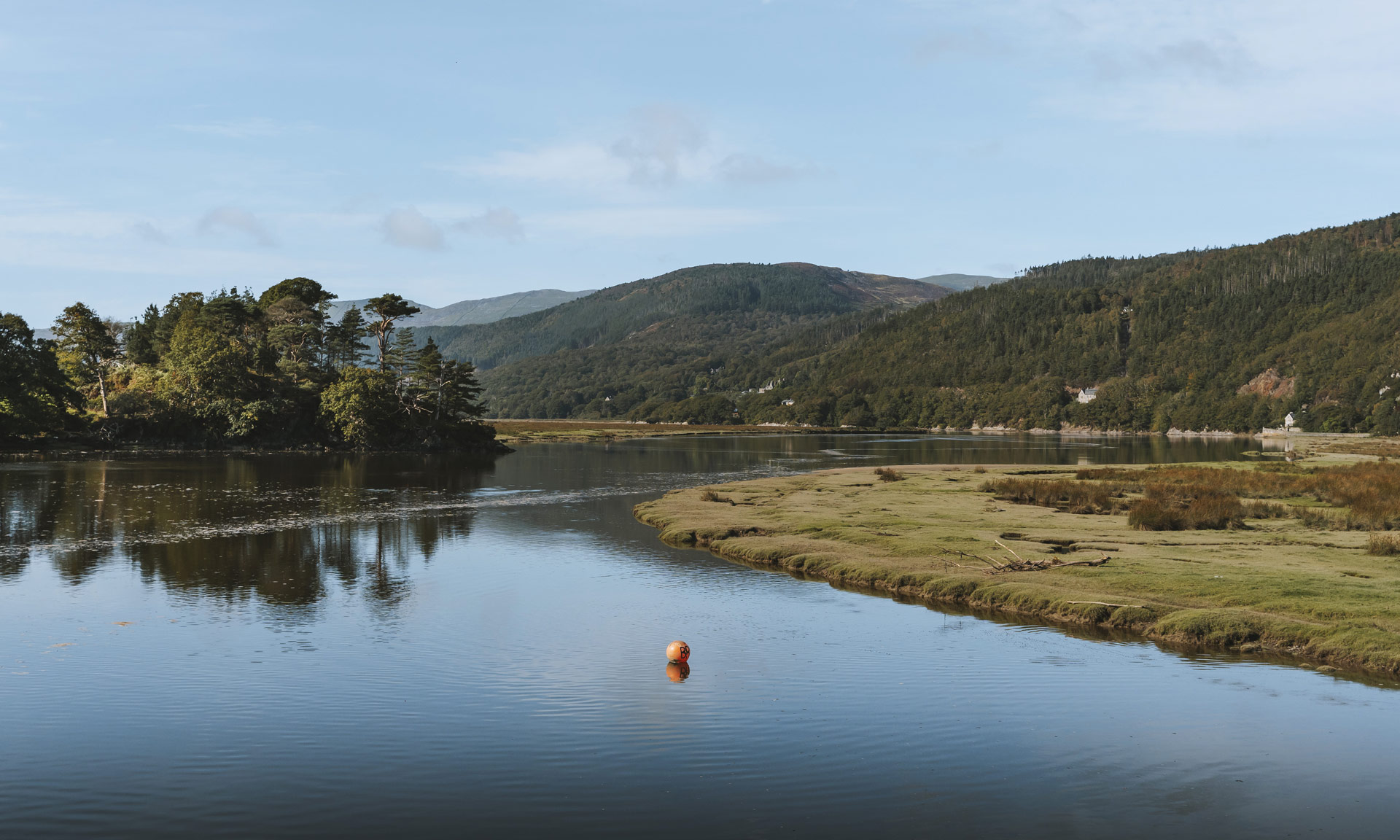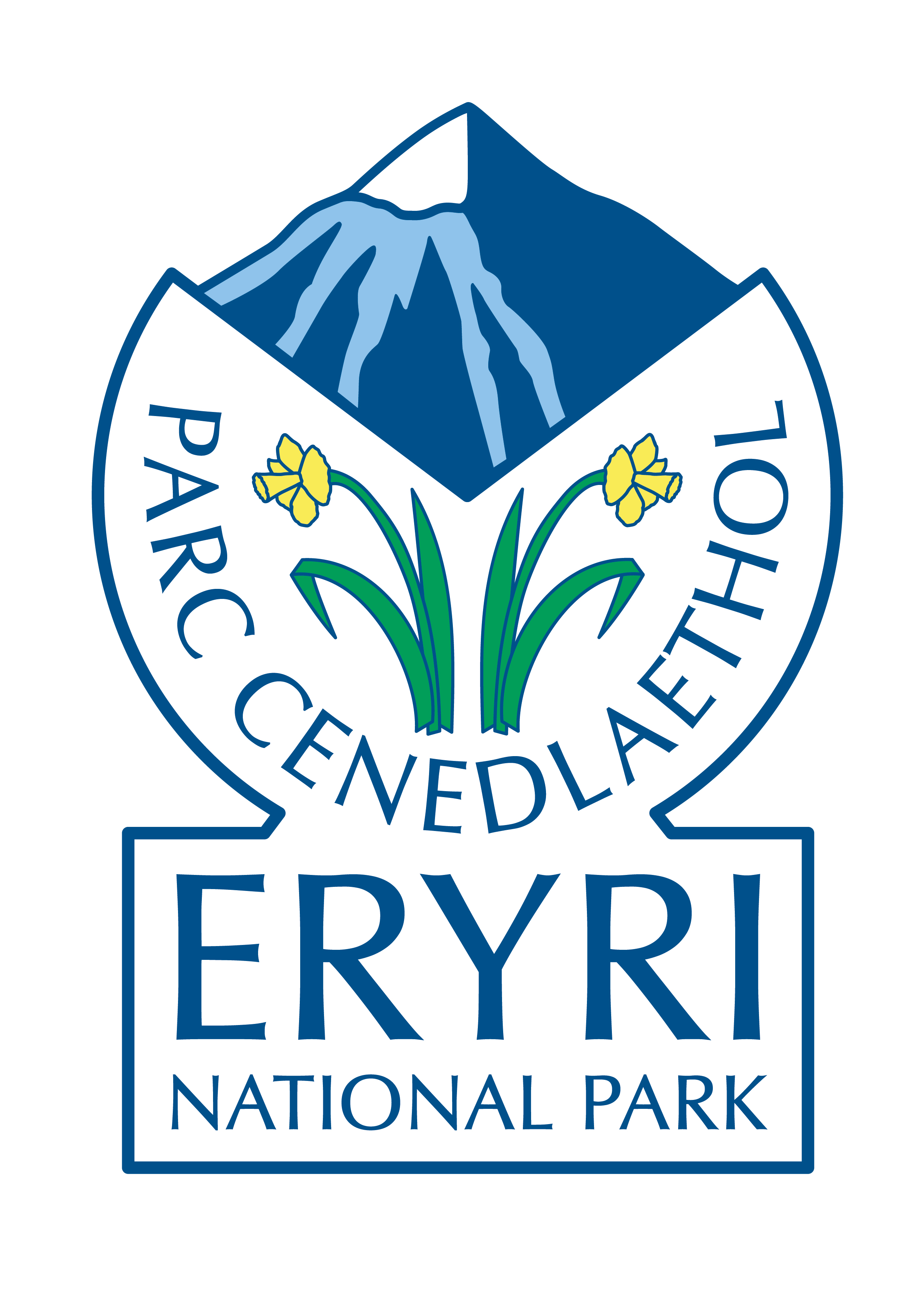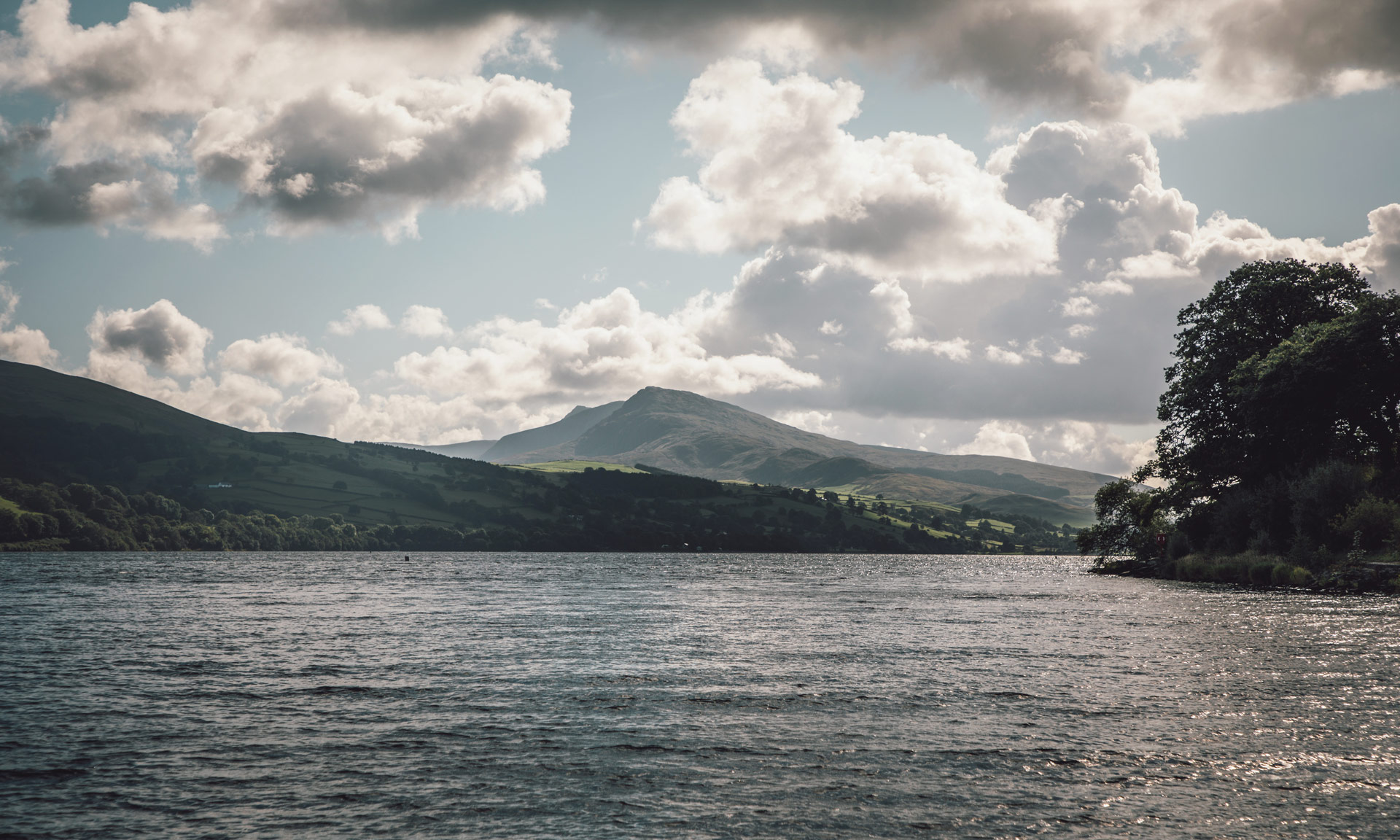One of Eryri’s unique and special qualities is the wealth and variety of landscapes that make up its 823 square miles.
From breathtaking uplands to incredible carbon-storing wetlands, understanding the importance of the landscapes of Eryri allows us to gain a deeper appreciation of why Eryri is more than just a mountain.
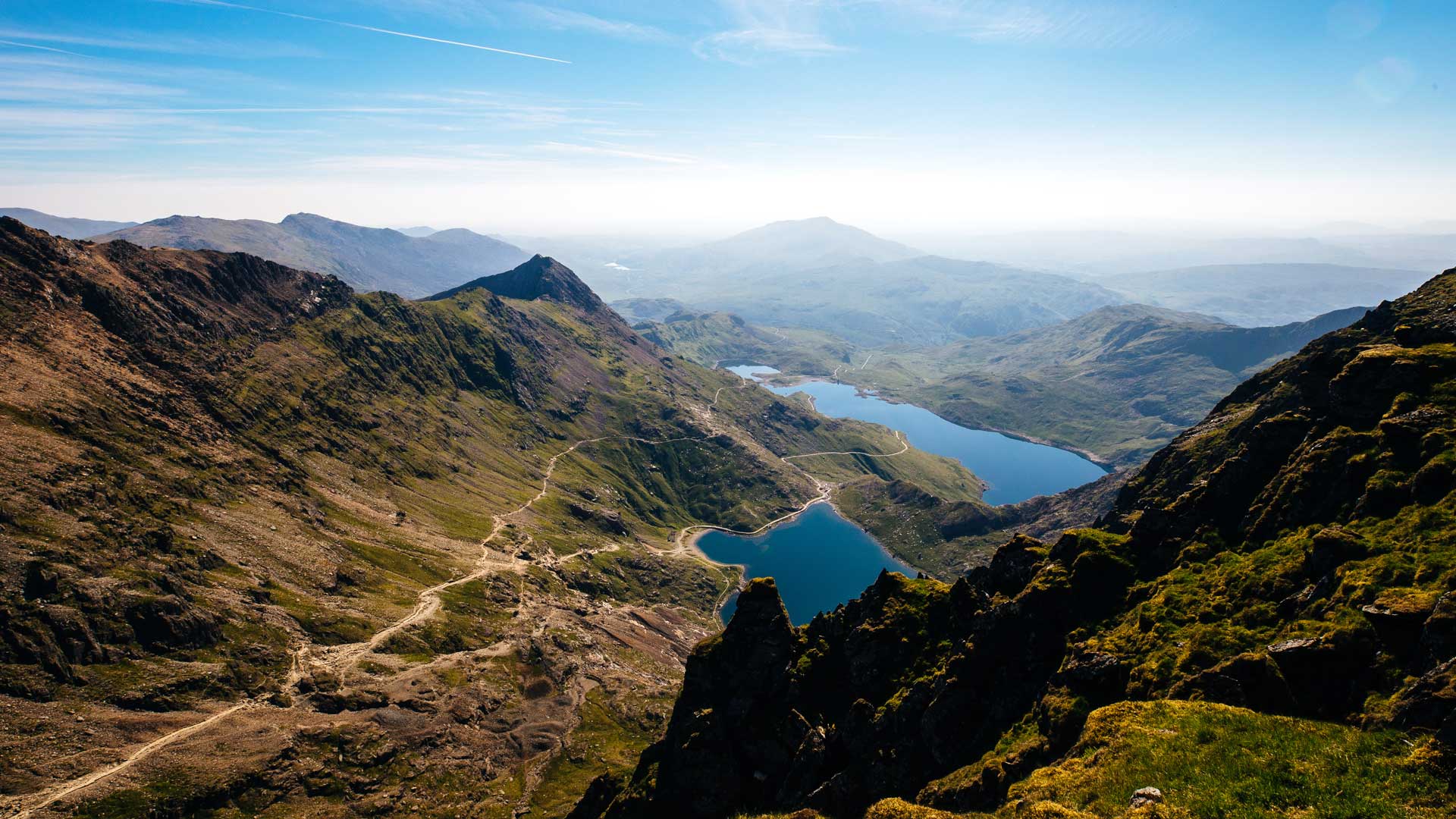
Uplands
Eryri’s uplands is famed for its striking mountains ranges, towering peaks and endless, as far as the eye can see views. With 15 peaks that stand over 3,000ft, it is no wonder that the National Park’s uplands are one of its defining factors, attracting millions from all corners of the world.
The upland landscape of Eryri is part of a complex geological puzzle, formed over millions of years through astonishing geological events. Colliding continents, erupting volcanoes and valley-carving glaciers are all part of the landscape’s history.
Wildlife thrives here and includes plants such as the incredibly rare Lili’r Wyddfa (Snowdon Lilly) and purple saxifrage which grows in extremely cold and remote mountainous regions.
Additionally, the uplands are home to some of the National Park’s defining wildlife such as the wild ponies of the Carneddau, and the Red-billed chough which is one of the rarest crows in Britain.
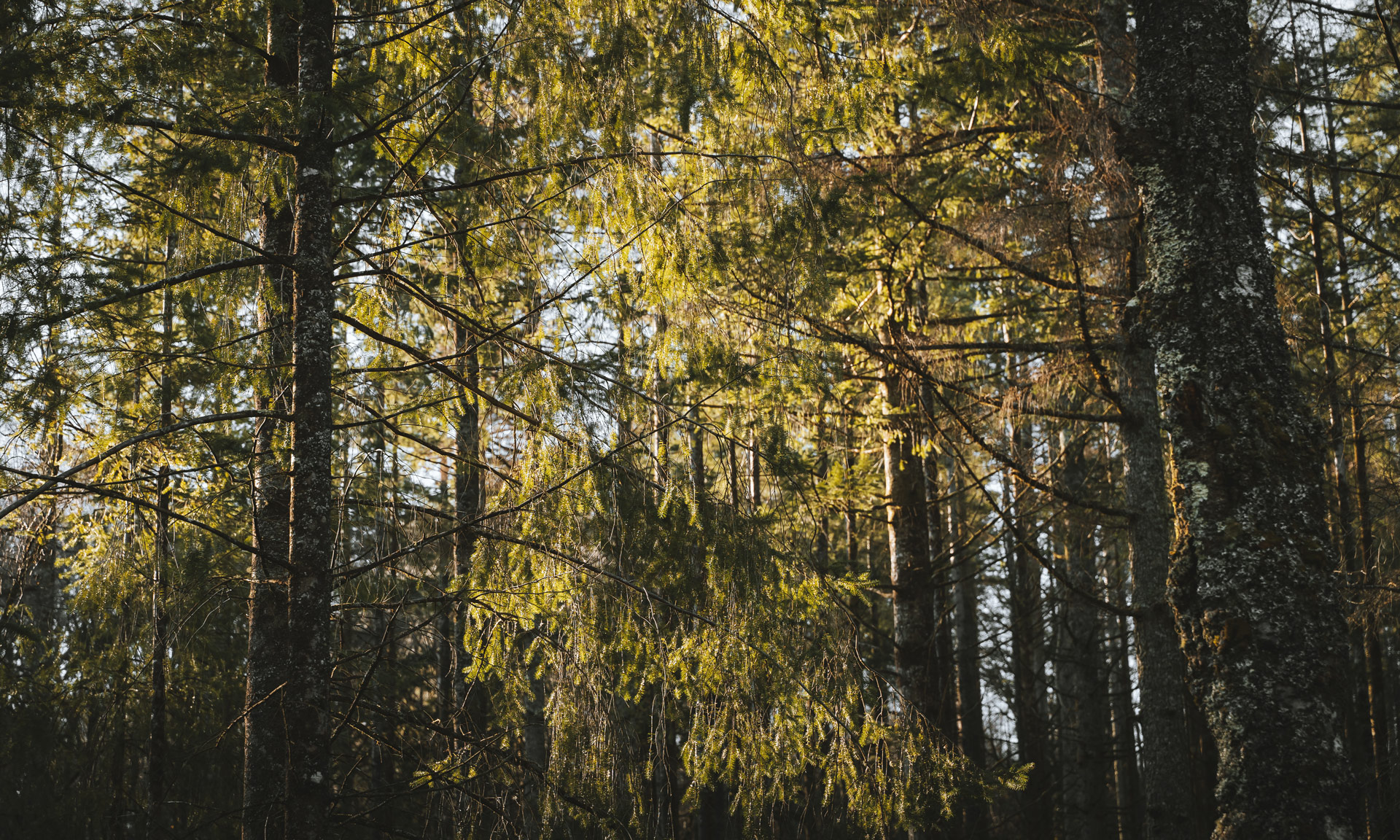
Woodland
Eryri is often described as an incredibly mountainous region, however woodlands make up for around 17% of the National Park. These woodlands are rich in broadleaf, conifer and mixed trees and are teeming with rare creatures, plants and fungi of all kinds.
Eryri is also home to a particular type of woodland known as ‘Celtic Rainforests’. Celtic Rainforests are extremely rare habitats and are believed to be under greater threat than tropical rainforests. These types of forest or woodland are only found close to the sea—making Eryri the perfect place for these habitats.
The National Park Authority’s Celtic Rainforests project is a conservation project that protects and restores Eryri’s Celtic Rainforests.
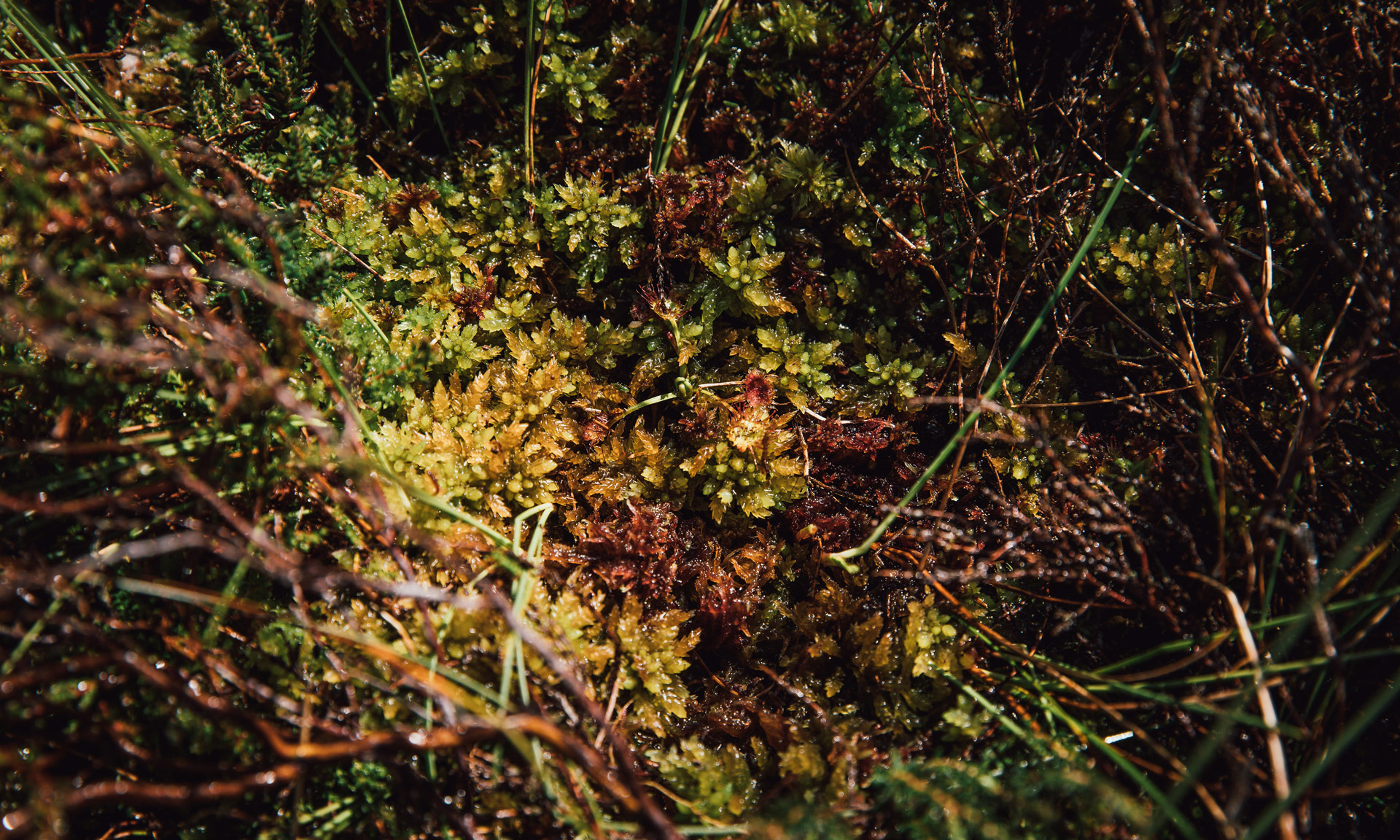
Peatlands
Peatlands are magical landscapes. Not only are these wetland areas thriving with wildlife and vegetation, but they also happen to be nature’s ultimate carbon store. Peatlands store more than twice as much carbon as the world’s forests do. They cover just 3% of the world’s surface yet hold nearly 30% of all soil carbon.
The decomposition rates of plants and vegetation in peatlands is extremely slow compared to other ecosystems meaning that plants and mosses never completely break down. These conditions allow peatlands to store vast amounts of carbon in the soil.
Despite only covering 12% of Eryri, deep peat stores 17 million tonnes of carbon, which is around 52% of the total soil carbon in the National Park.
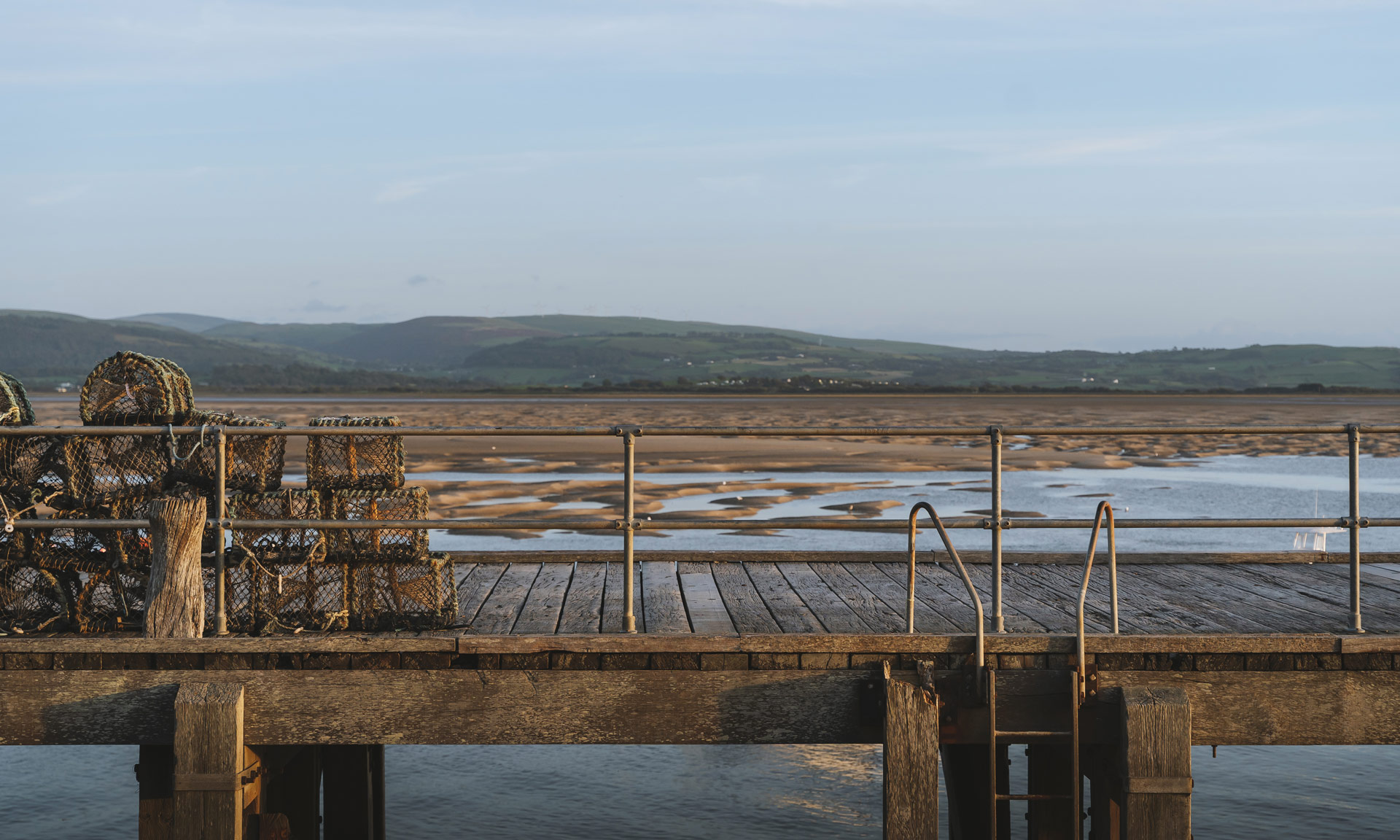
Coast
The National Park is home to 74 miles of spectacular coastline, with beaches and shores as breathtaking as the mountains and woodlands. From the Dyfi, Mawddach and Dwyryd estuaries, to the spectacular beaches of Harlech and Barmouth, Eryri’s coastline is a large contribution to the wide variety of landscapes within the National Park.
Animals such as dolphins, seals and porpoises are just a handful of wildlife who call the coastline of Eryri their home while there is also an abundance of plants and vegitation that are vital to a thriving coastline.
The Morfa Harlech dune system is one of the most important dune systems in Britain and one of only a handful in Wales. It is designated a National Nature Reserve and is one of Wales’ richest natural treasures, teeming with a wide variety of wildlife that has evolved specifically to live in such a habitat.
